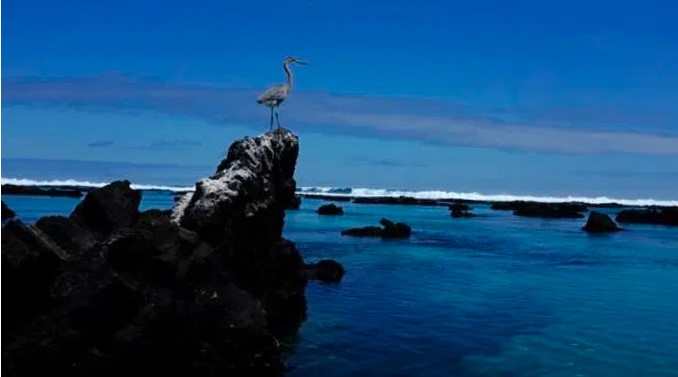
The species were discovered deep in the islands’ seamounts.
Danny Rueda, director of the Galapagos National Park affirms that «the depths of the Galapagos sustain the biodiversity of the islands.» After an investigation in the deep protected waters of the Galapagos Marine Reserve, 30 species of invertebrates were found:
4 species of squat lobsters
1 species of giant cup coral
10 species of bamboo corals
3 species of octocorals
1 species of brittle starfish
11 species of sponges.
The scientists descended to 3,400 meters, using the latest remotely operated underwater vehicles (ROVs) aboard the E / V Nautilus. The expedition explored for the first time three seamounts, which do not break the surface, located around the islands Darwin and Wolf, indicated the Directorate of the Galapagos National Park (GNPD).
«This finding confirms that Galapagos is a living laboratory with biological and ecological processes in progress and yet to be explored, which make it an exceptional site that deserves all our efforts to be conserved,» said Paulo Proaño, minister in charge of Environment and Water.
The exploration also revealed the presence of a series of underwater communities, between depths of 290 and 3 373 meters, including multiple fragile habitats such as crystal sponge gardens, coral gardens and cold-water coral colonies, which are considered Vulnerable Marine Ecosystems (VMEs) by the United Nations General Assembly.
“The deep sea remains the last frontier on Earth and this study provides a glimpse into the lesser known communities of the Galapagos Islands. This world, which Darwin never saw, represents a unique and pristine environment. Now it is our responsibility to make sure it stays that way for generations to come, ”said Pelayo Salinas de León, principal investigator at the Charles Darwin Foundation (CDF) and conservation scientist for the National Geographic Pristine Seas project, who is leading this study.
This research was carried out in 2015, for the exploration two remote-controlled vehicles were used: Argus and Hercules, as well as seabed mapping systems. Biological samples were collected using the manipulator arm of the ROV. The individual organisms were separated, photographed and stored, at the end of the cruise, the specimens were sent to renowned deep-sea experts for identification, the GNPD noted.
The results of this scientific research were published today in the journal Scientific Reports and respond to a work by the CDF, in collaboration with the GNPD and the Ocean Exploration Trust, with support from the NOAA Office of Exploration and Research to fund the Program. E / V Nautilus Exploration Board, the Helmsley Charitable Trust and the Gordon and Betty Moore Foundation. (C.D.A.)


Be the first to comment